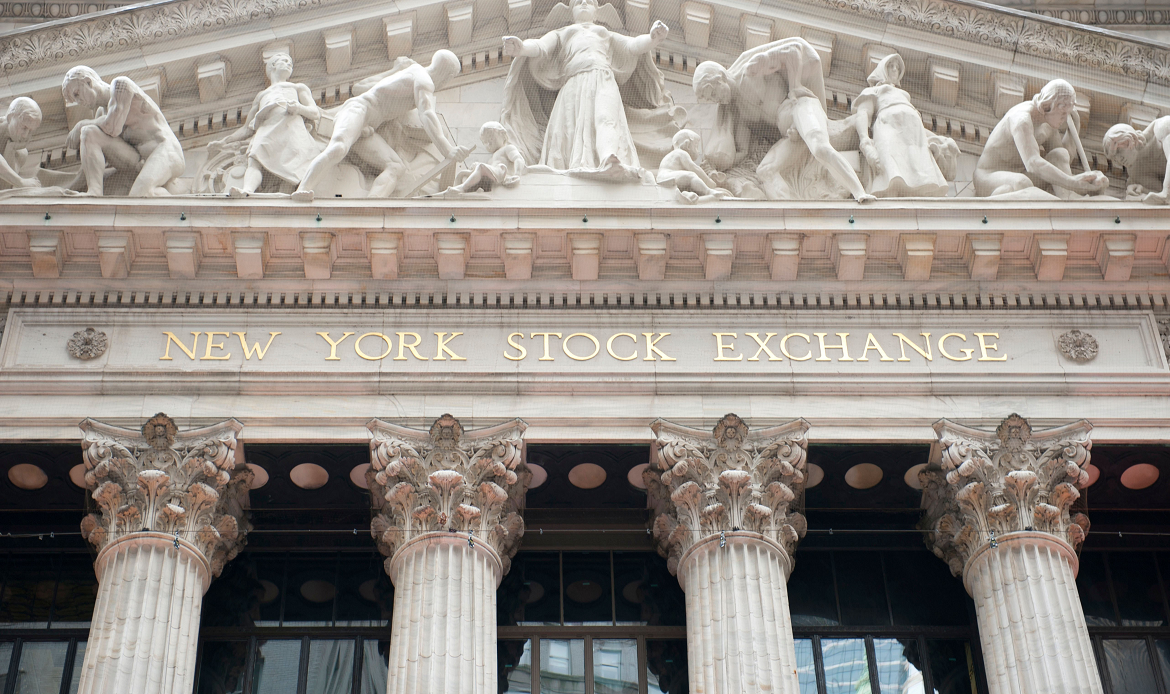An order (market order) whereby an investor instructs a broker to buy or sell securities at a price/ rate pegged (linked) to a market index. In the USA, this order maintains a purchase price relative to the national best offer (NBO) or a sale price relative to the national best bid (NBB). By implication, a pegged order involves buying and selling at the best price (available in the market). Pegged orders are usually used by investors trading in volatile markets in order to tap into the best price attainable at a given point in time.
Pegged orders may be classified as primary pegged orders (primary peg orders) and market pegged orders (market peg orders). For example, primary peg orders allow investors to enjoy the best of both scenarios (when buying or selling), within defined boundaries.
Market pegged orders are, by nature, market orders where the trader presets an offset amount to pay above (or below) the best national bid. The order is pegged to mid-point order where execution takes place at the mid- point or a point in vicinity thereof.
A pegged order is also known as a pegged-to-market order.






